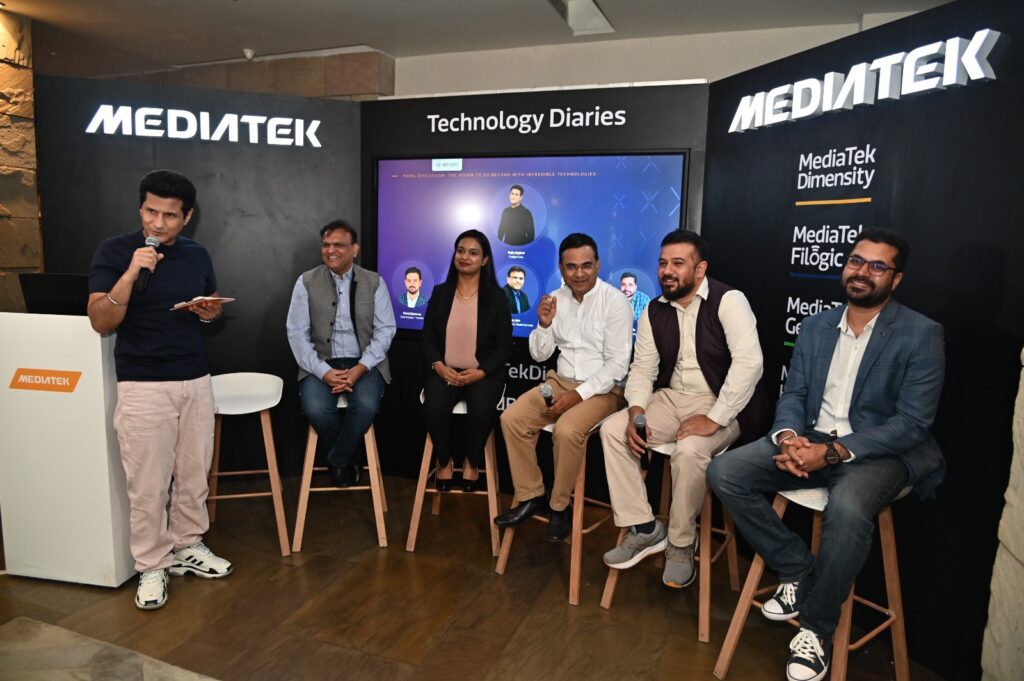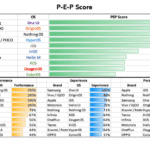In the recently held 12th chapter of MediaTek Technology Diaries, there was an interesting question posed to the panel by the gadget guru Rajiv Makhni. He wanted to know from all of us on the panel which device did we expect to completely transform in 2023 in the way it is being used. There were different views on the panel, however, I was the only one with a view that its going to be business as usual for devices. Here I explain why.

Before doing that, I must really compliment MediaTek team and its communications partner Kommune for conceptualising and executing MediaTek Technology Diaries. The format is unique and having attended so many events, I haven’t seen anything like this where it’s a different level of camaraderie among the larger technology fraternity, maximum participation from the audience, participation from senior most editors of the media fraternity and of course very interesting and engaging discussion about the future of technology.
Well, let me come back to the topic now. There is a strong reason in what I believe. Almost all the smart devices including smartphones, smart TVs, laptops, tablets, wearables and other connected devices have reached a level of optimal hardware. From attachments and integrations point of view there aren’t any more hardware left that could payload these devices. The fundamental hardware that makes these devices see, listen, show, talk, remember and of course think is already now in every smart device.
Hardware is the noticeable differentiator that brings in a significant change in the way we use devices. We have achieved a maturity level with regards to this. Now what will make the difference is software, especially the power that AI will bring to these devices. It has already started doing so but still in bits and pieces. So whatever implementations we see coming from AI to the world of gadgets will again not bring in significant difference in the way we use these devices. We will have to wait for at least 3 years from now when most of these AI technologies will have enough of data to train them for accuracy and efficiency. The algorithms are already there, and we know these technologies can perform certain tasks incredibly. However, for them to be accurate and efficient to add to their reliability and credibility, we will still need them to work with real data and get further trained through real time fine tuning.
The next couple of years will see us using AI essentially to train them in real scenarios and feeding them with data to increase their efficiency and utility. That will then erupt a new set of innovations where we will see the devices now offering differentiation on the basis of software, essentially AI. That is when we will be ready for another new noticeable and sustainable disruption in the device ecosystem completely transforming the way we interact and interface with these smart devices. Barring automobile, where we will see more of technology getting attached and its contribution of electronics substantially increasing in the automobile BOM (Bill of Materials), the next few years will see devices with incremental changes and improvements following the normal path of progression of hardware.
This does not mean that we won’t get excited about the stuff that gets launched in coming months. The smart devices industry has been one of the most dynamic industries and creating new benchmarks only to supersede them. The industry will keep its innovations clock ticking. However, something breakthrough or pathbreaking will only come from AI for which we will have to wait for a couple of years if not more.





